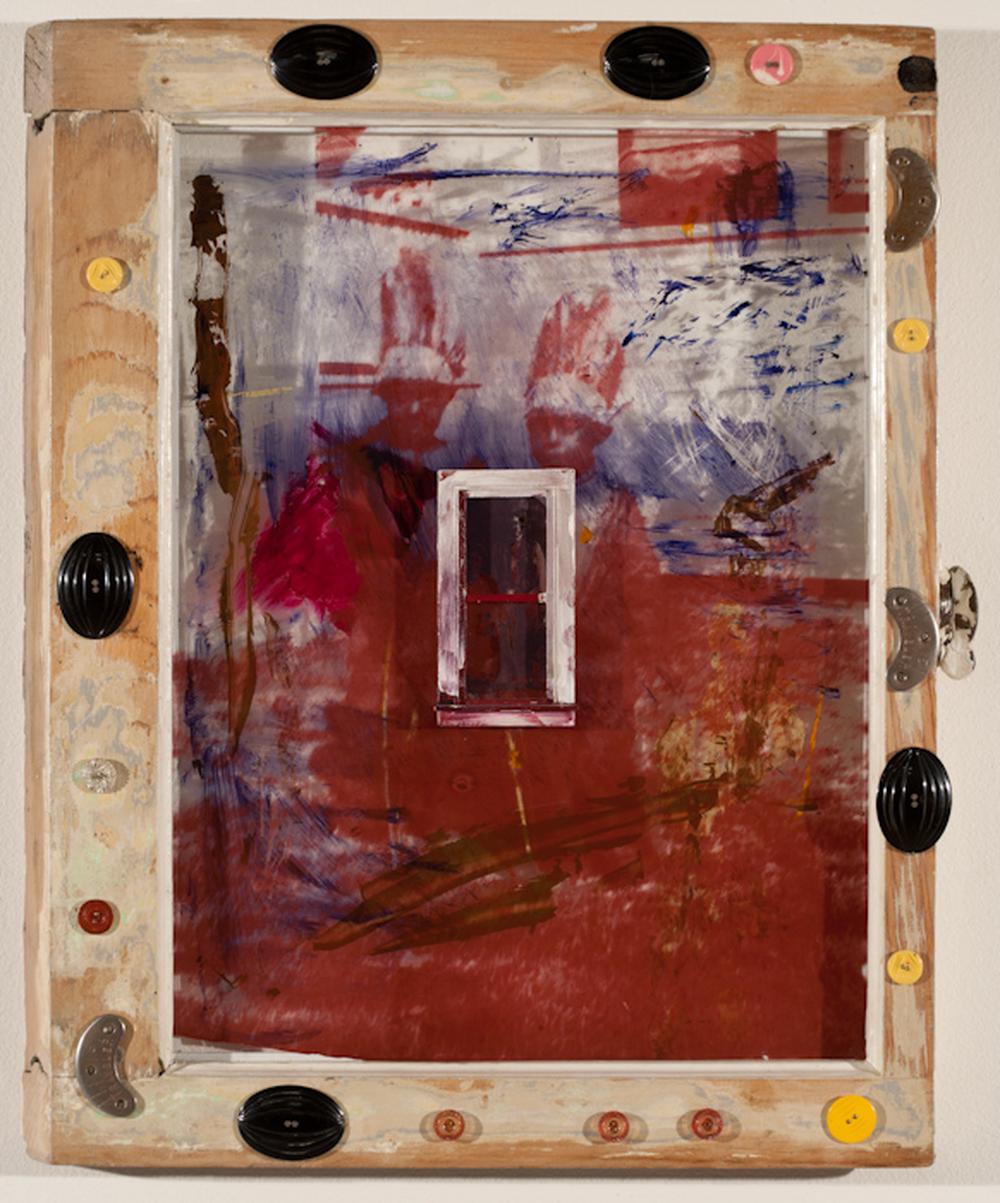Mildred Howard. Personal History, Collective Memory

Growing up in South Berkeley with parents who were antique dealers and civic leaders, Mildred Howard recalls that, in addition to her toys, she played with pieces of wood and fragments of furniture, constructing assemblages even as a young child.1 In the tradition of her family, Howard collects objects from antique shops, flea markets, and eBay. She incorporates into her sculptures such items as Katanga crosses, used as currency in the Democratic Republic of the Congo; metal safe-deposit boxes; pressing combs; family photographs; and a washboard the artist bought because it had her last name on it—“I had thought about sending this to my friend Betye Saar but she is no longer using washboards in her work, so I hung onto it,” said the artist.2 In her series using window sashes, Howard transfered photographic family portraits onto window panes. Removed from their familial context, the portraits on glass straddle private and public spheres. Howard adorned their frames of weather-worn wood with buttons and cast-metal fasteners—objects the artist notes “open and close things,” a material metaphor for the act of remembering.3
Meredith Tromble, “A Conversation with Mildred Howard,” Artweek 24, no. 24 (December 16, 1993): 20. ↩︎
Sarah Trigg, Studio Life: Rituals, Collections, Tools, and Observations on the Artistic Practice (New York: Princeton Architectural Press, 2013), 176. ↩︎
Meredith Tromble, “A Conversation with Mildred Howard,” Artweek 24, no. 24 (December 16, 1993): 20. ↩︎